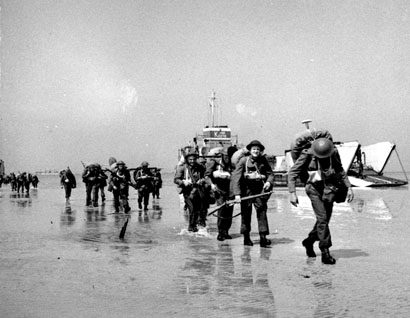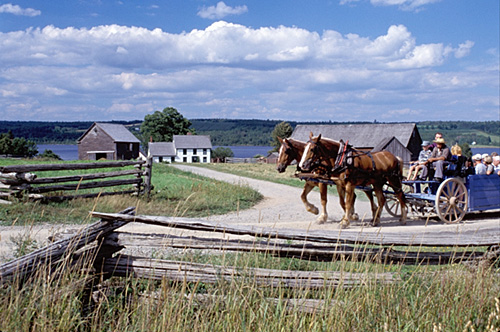Article
Hochelaga
The term Hochelaga historically referred to an Indigenous village the French explorer Jacques Cartier (1491-1557) visited on Sunday, 3 October 1535, during his second voyage in what is now Quebec (1535-1536). Hochelaga is an Iroquoian term which is either a variation of the word osekare, meaning “beaver path,” or of the word osheaga, which translates as “big rapids.” Today, Hochelaga refers to islands at the confluence of the St. Lawrence and the Ottawa rivers, as well as various electoral and city districts.













